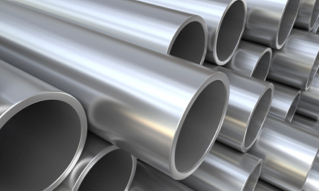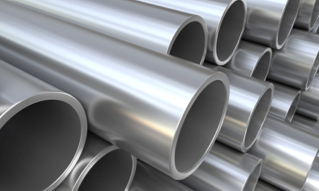Finding strength in small places
Pulling, rolling, or bending a metal such as steel introduces dislocations in its structure that allow it to absorb energy under stress and resist fracture. Scientists and engineers have tried to find a similar process to toughen nanocrystalline metals, as these materials are prone to fracture despite their ultrahigh strength and hardness.
Writing in Physical Review Letters, Yinmin Wang and colleagues at Lawrence Livermore National Laboratory, in collaboration with researchers at Ames Laboratory and Argonne National Laboratory, all in the US, present experiments on specific ways in which nanostructured metals deform under stress.
Wang et al. prepared bulk pieces of nanocrystalline nickel and cobalt, which have similar grain sizes but different crystal structures. Each metal contained a large number of nanograins (“domains”) with a different crystalline orientation than those around them. With synchrotron x-ray diffraction and electron microscopy, Wang et al. tracked changes in the structure and defect accumulations within the domains in response to tensile (pulling) stress.
In the experiments, cobalt proved to be more resistant to fracture than nickel. Wang et al. suggest that this is because the domains in cobalt reorient, or “twin”, more easily than those in nickel, thus offering an effective strain-hardening mechanism. However, they note that even for cobalt the twinning mechanism is less effective for grains smaller than nanometers, which may be one reason why truly nanoscale materials are so resistant to toughening. – Jessica Thomas





